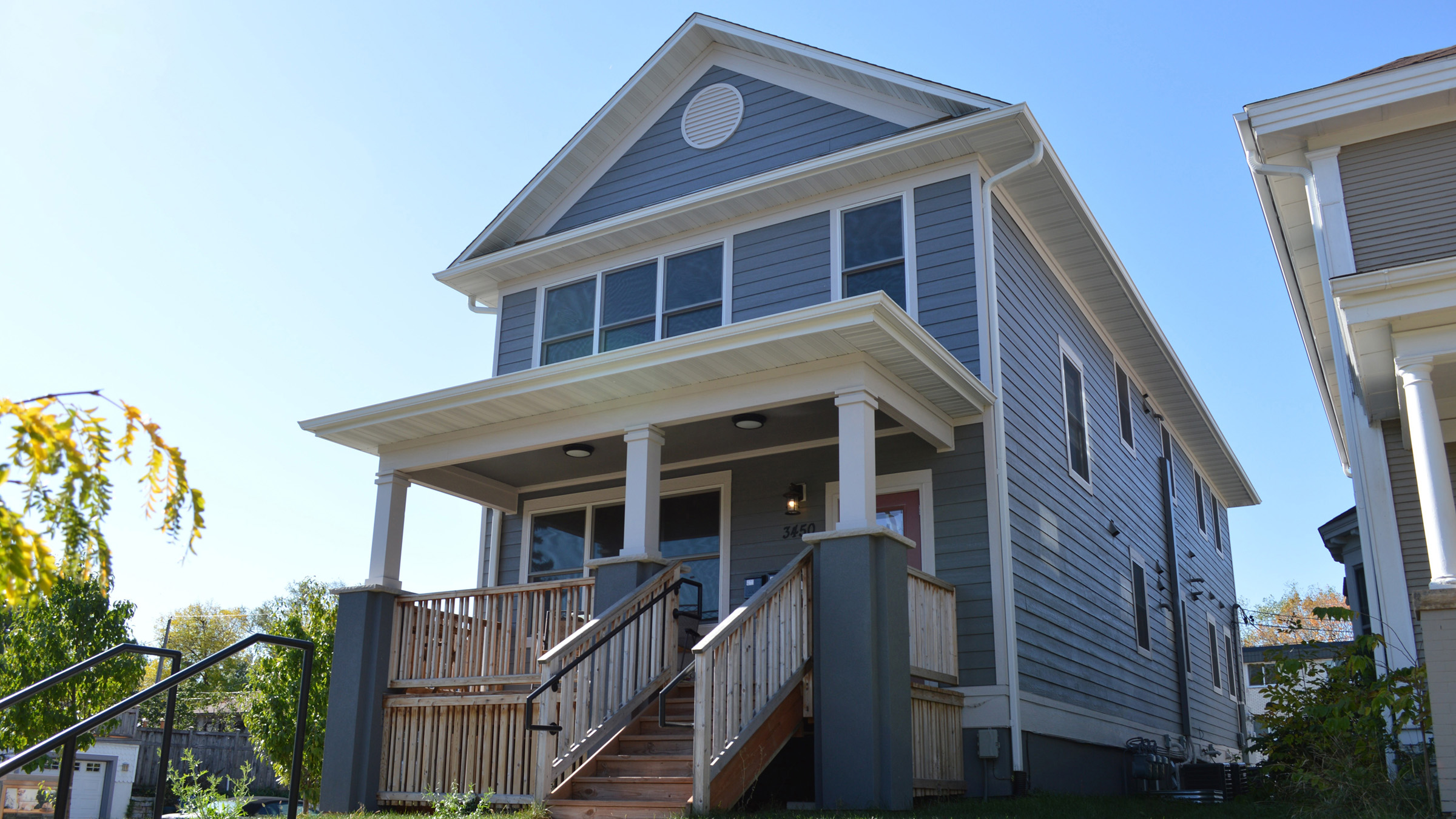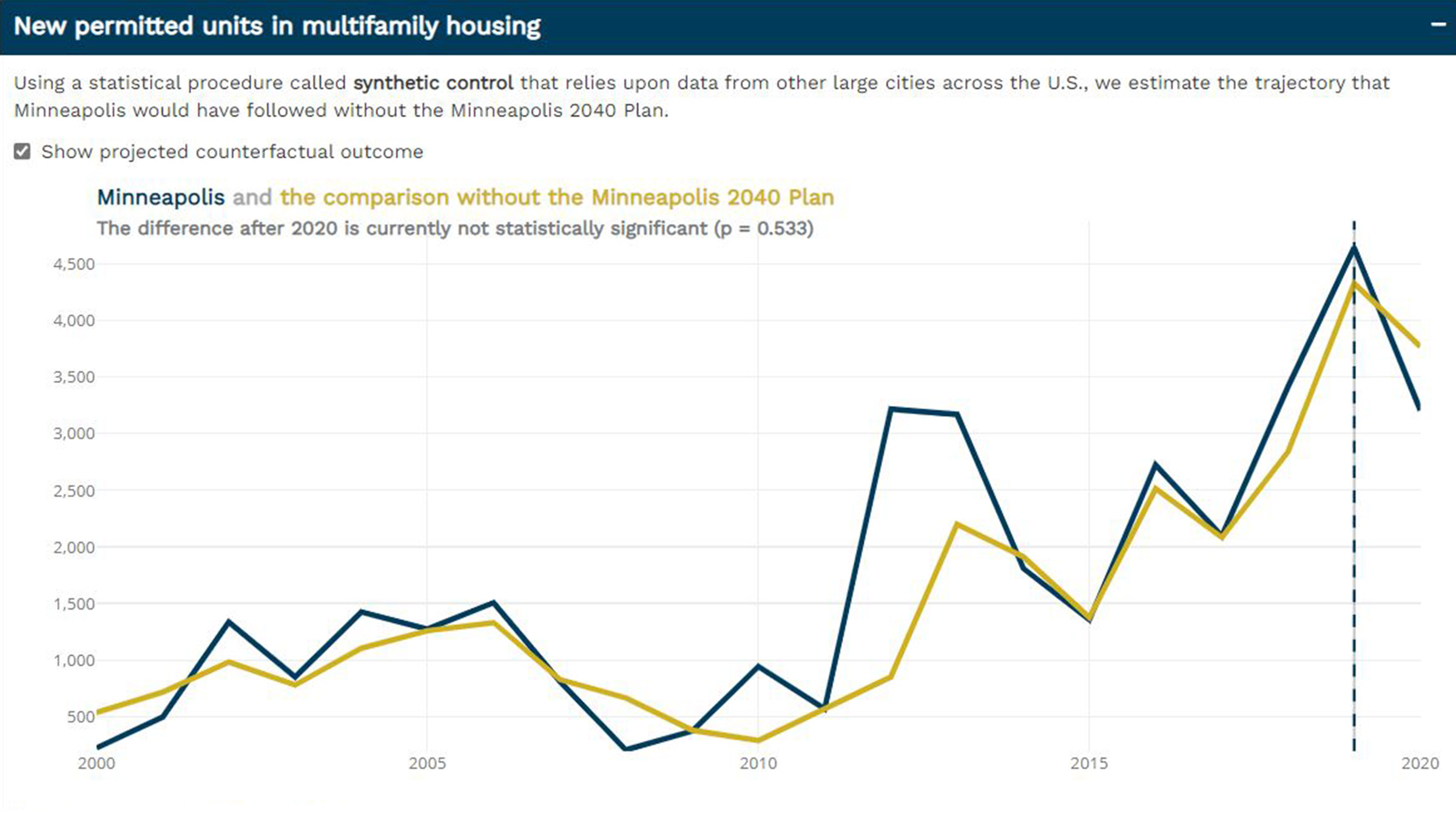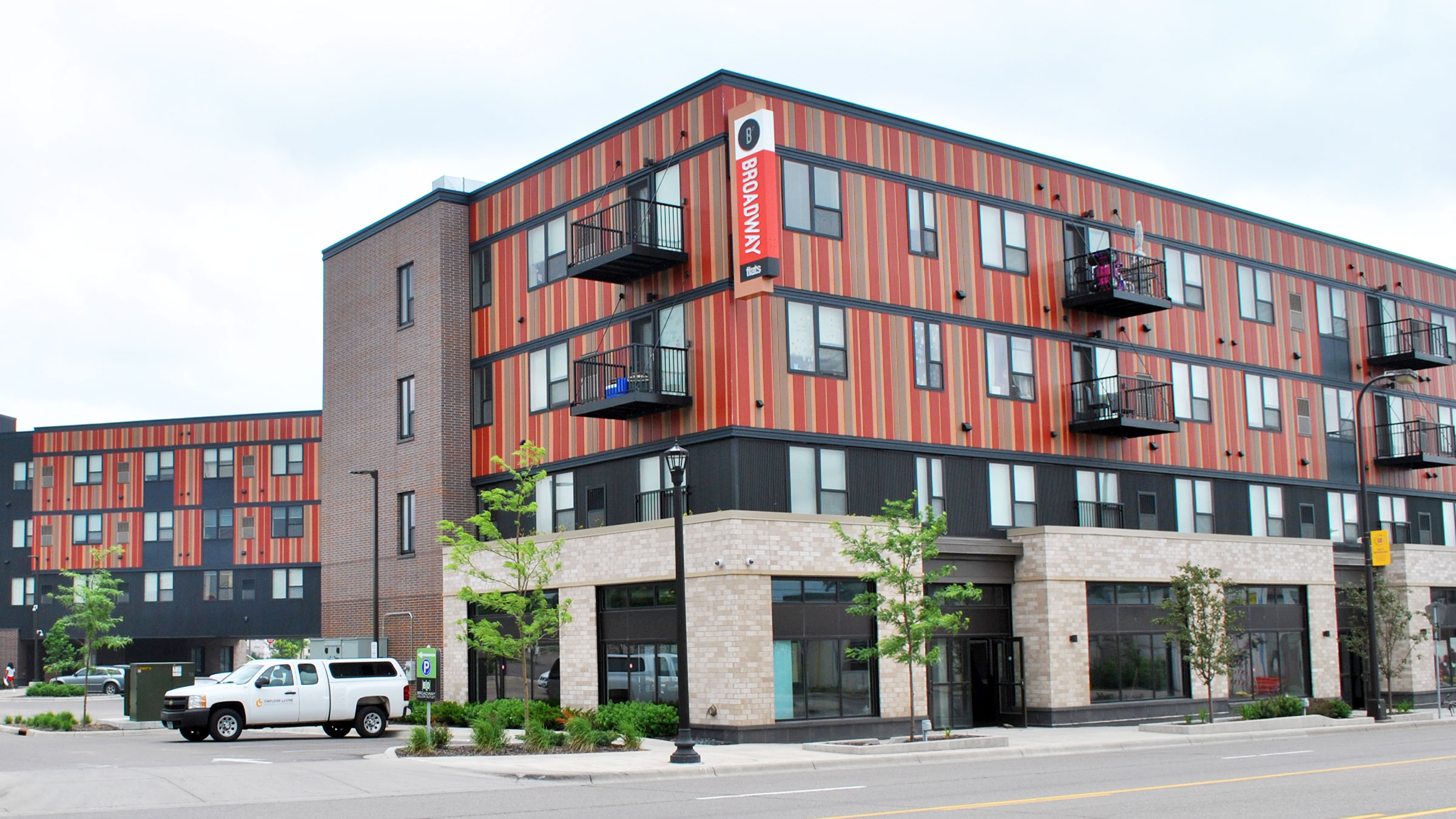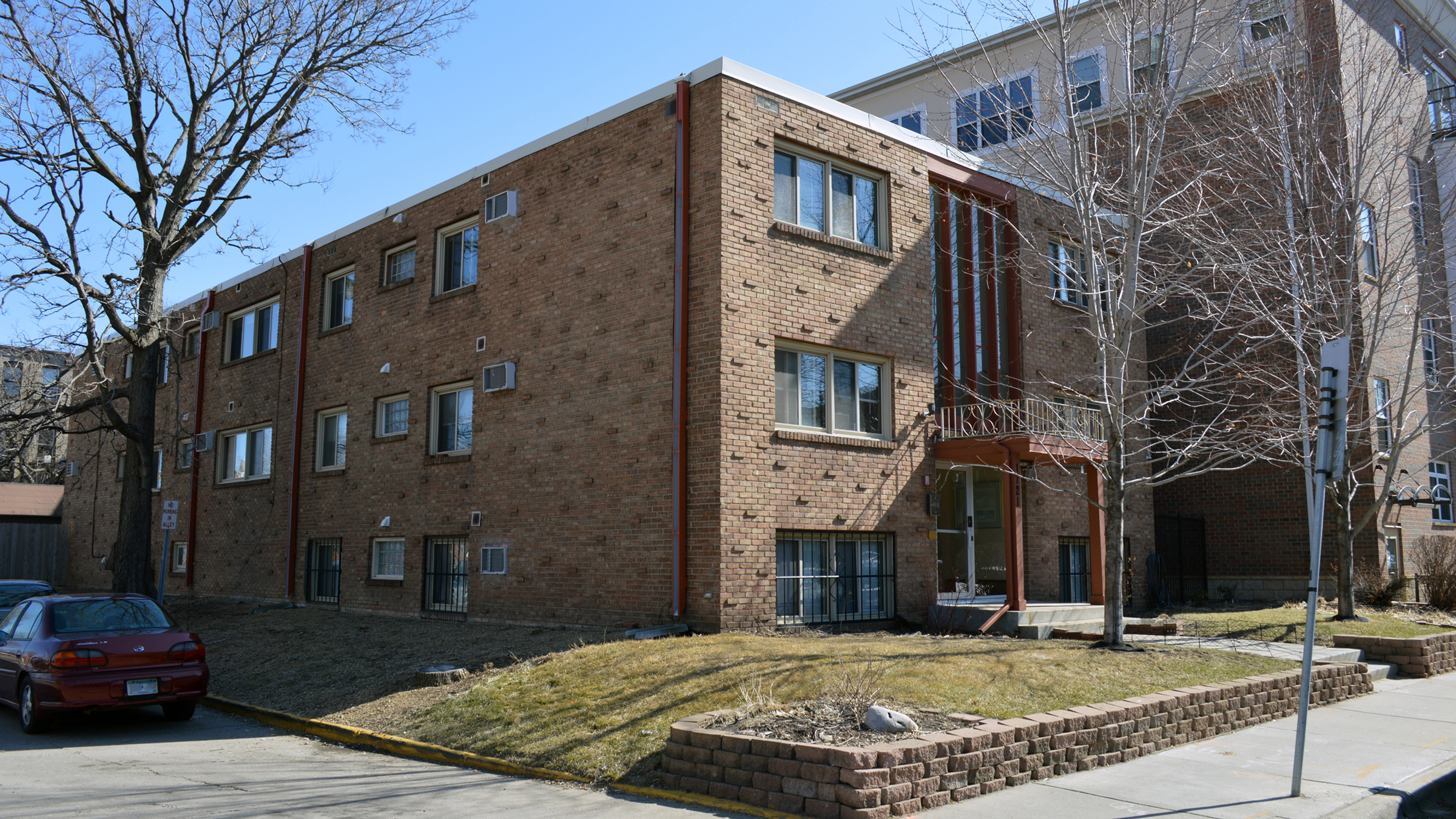With its adoption of its Minneapolis 2040 comprehensive plan, Minneapolis became the first major city in the U.S. to eliminate zoning regulations that ban the construction of duplexes and triplexes. The changes are part of a strategy to expand housing supply, increase housing affordability, and encourage equitable development. As the City implements the Minneapolis 2040 plan and related housing policies, many want to know whether the changes will have the desired effect on housing access and affordability relative to what would have occurred without the 2040 plan. A new, interactive dashboard that the Federal Reserve Bank of Minneapolis developed in partnership with the City is designed to provide some answers.
The why and what of Minneapolis 2040’s housing changes
Under Minnesota state law, all communities in the seven-county Twin Cities area must update their local comprehensive plans at least once every ten years. These plans address how cities will guide land use, transportation, and wastewater infrastructure, among other topics. Representing the culmination of nearly four years of analysis, community engagement, and plan development, the Minneapolis City Council adopted the Minneapolis 2040 plan in late 2019.
As of that year, data on housing and income showed stark racial disparities in the City. For example, a household with the median income of White Minneapolis renters could afford the median rent of all but one Minneapolis neighborhood, while a household with the median income of Black Minneapolis renters could not afford the median rent in any Minneapolis neighborhood. (See the dashboard to learn more about data like these.) And prior to the adoption of the plan, over 70 percent of the City’s residential land was zoned to allow only single-family detached housing, which consumes more land per resident and generally costs more to rent or own relative to duplexes, triplexes, or other types of housing. Single-family-only zoning makes housing less affordable and less environmentally sustainable, and, in combination with disparities in income across races and ethnicities, can increase racial inequality across neighborhoods.
In addition to allowing duplexes and triplexes across the City, the Minneapolis 2040 plan introduced an inclusionary zoning policy, funding increases for affordable housing, more predictability in the rules governing development, and policies supporting renters. Collectively, these policies and programs work toward the primary housing goal in the Minneapolis 2040 plan: “In 2040, all Minneapolis residents will be able to afford and access quality housing throughout the city.”
A tool for the counterfactual
As cities across the country contemplate similar zoning and policy changes to address their own affordable housing challenges, they will look to the experiences of Minneapolis. The Minneapolis Fed, in partnership with the City, has therefore developed a dashboard of indicators to measure the housing impacts of the Minneapolis 2040 plan. To address the plan’s many moving parts, the Minneapolis Fed’s dashboard presents ten indicators grouped into three broad outcomes: more housing, more affordable housing, and more equitable housing. These indicators include counts of new units in multifamily structures, housing cost burden, and typical monthly rent; and indices of income segregation and racial isolation. Contextual figures accompany each indicator to provide information about how Minneapolis neighborhoods vary or how Minneapolis fits into the national context.
Measuring the plan’s impacts requires comparing the development that actually occurs in the City with what otherwise would have been built. This is challenging in the best of times, but especially difficult to accomplish during a period of pandemic, recession, and recovery. To address this challenge, the Minneapolis Fed is using a statistical tool designed to estimate the counterfactual, or the “but for”—that is, what would have happened in Minneapolis but for the adoption of the Minneapolis 2040 plan? With this approach, we compare Minneapolis outcomes to a control group of comparison cities, selected for each indicator to yield an optimal pre-2020 match with Minneapolis. Though experiencing the same pandemic recession as Minneapolis, these comparison cities have not implemented the housing policies that Minneapolis chose in late 2019. As a result, any differences between Minneapolis and the estimated control groups that we see starting in 2020 are our best assessment of the impacts of the Minneapolis 2040 plan.*
Though these indicators will not capture the effects of individual policies or programs, they will collectively help answer the question “How has the Minneapolis 2040 plan met its housing-related objectives, compared to expected outcomes absent Minneapolis 2040?” The goal is to help city leaders and the public better understand the effects of the plan on Minneapolis residents and neighborhoods.
By intention, the Minneapolis Fed is rolling out its dashboard of indicators well before the availability of data that can demonstrate any impact of the Minneapolis 2040 plan. Selecting the indicators now ensures the neutrality and comprehensiveness of the dashboard and should minimize the risk of selecting indicators that tell a biased story. Additionally, this early release should help policymakers become familiar with the dashboard now rather than later, so they can then find the answers to key questions about the plan’s impacts as soon as relevant data are available.
Per its agreement with the City, the Minneapolis Fed will regularly update the dashboard data through the lifetime of the Minneapolis 2040 plan. The Minneapolis Fed expects that the results will inform policymakers in Minneapolis and also in other cities and regions across the Ninth Federal Reserve District and nation that are considering similar efforts to reform zoning in the interests of expanding housing affordability. This effort further advances the Bank’s ongoing mission to serve the public through data-driven contributions to public policy.
Endnote
* For more detail on the methodology, see the technical appendix accompanying the dashboard.
Libby Starling is Senior Community Development Advisor in Community Development and Engagement at the Federal Reserve Bank of Minneapolis. She focuses on deepening the Bank’s understanding of housing affordability, concentrating on effective housing policies and practices that make a difference for low- and moderate-income families in the Ninth Federal Reserve District.












